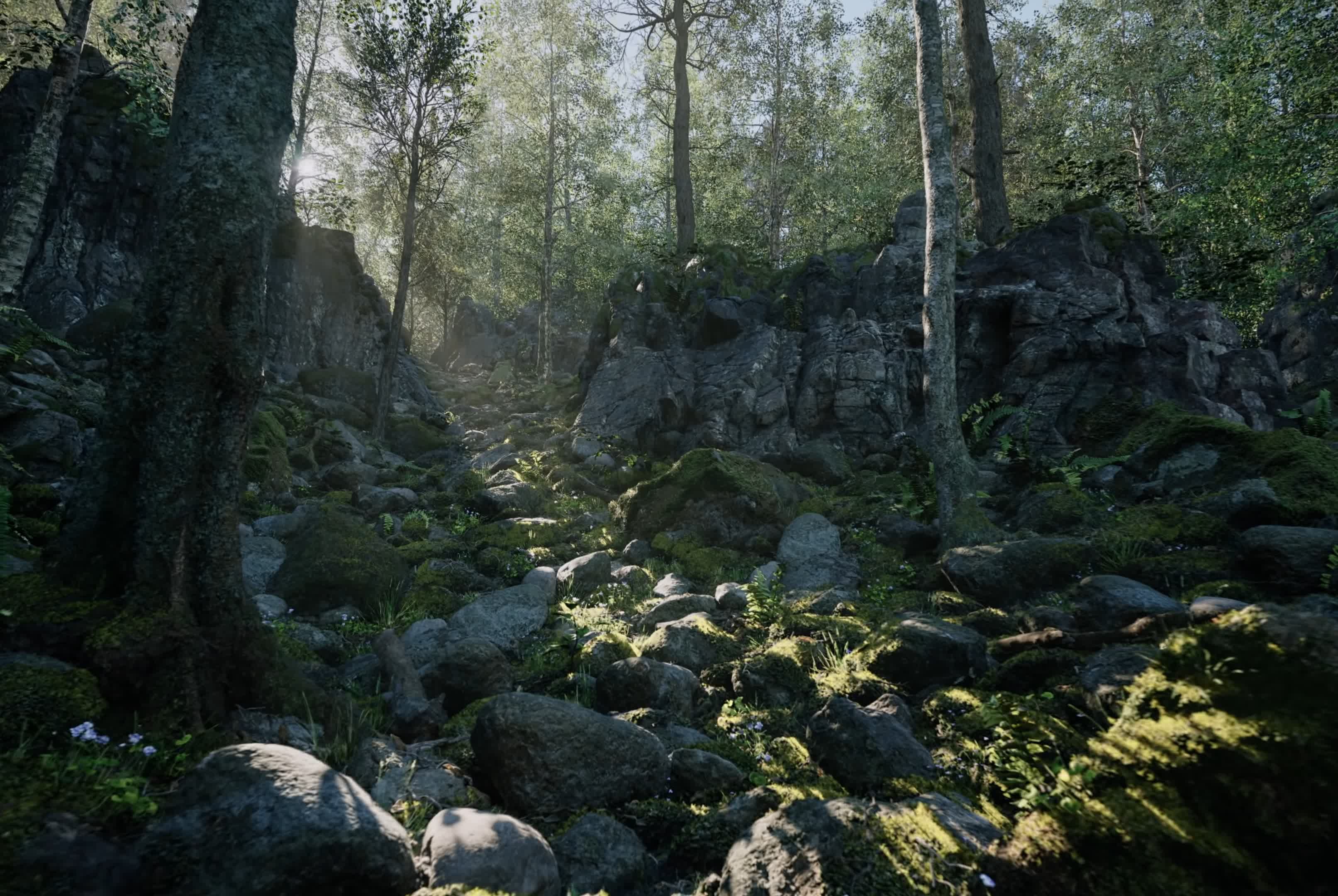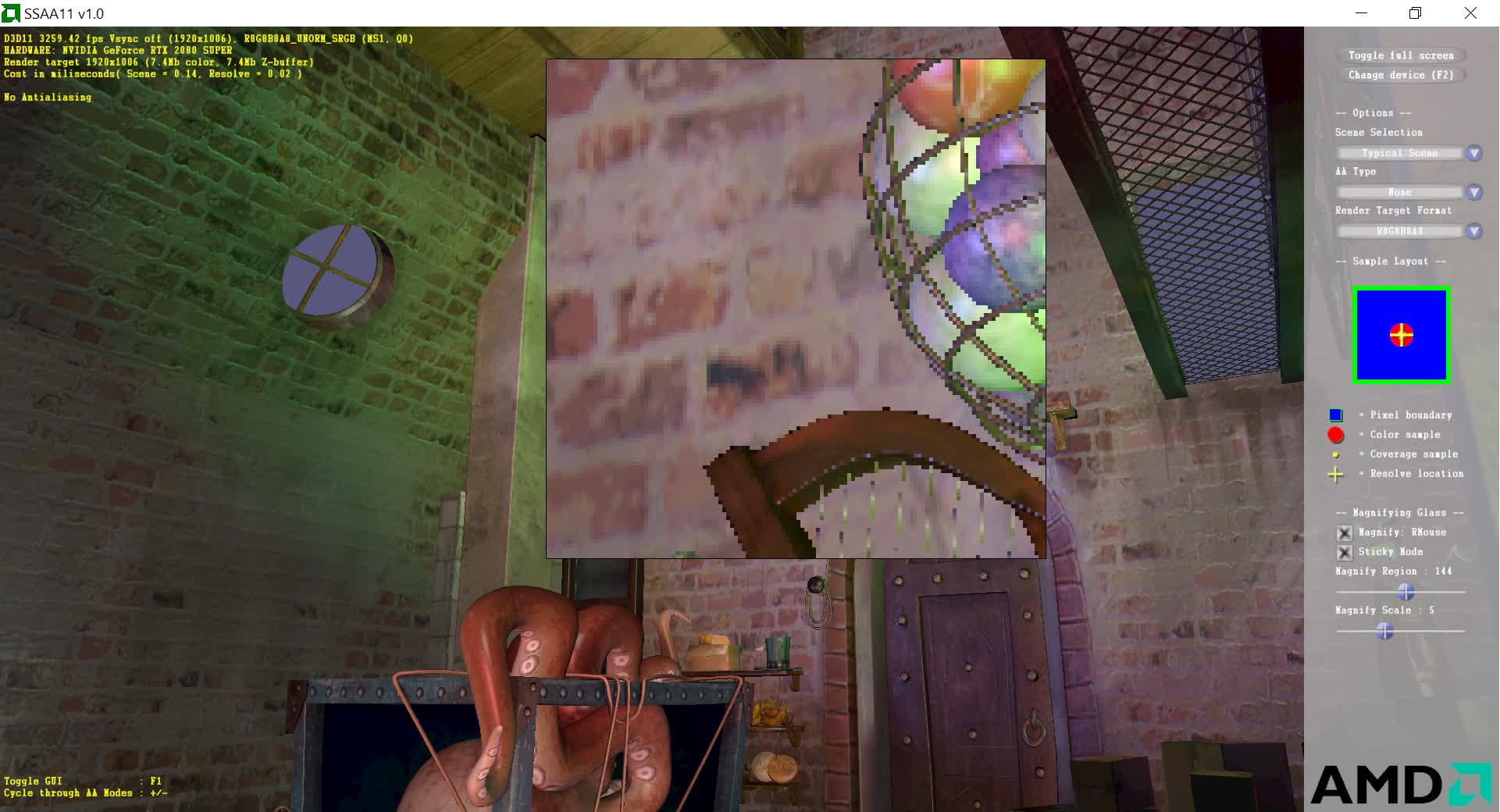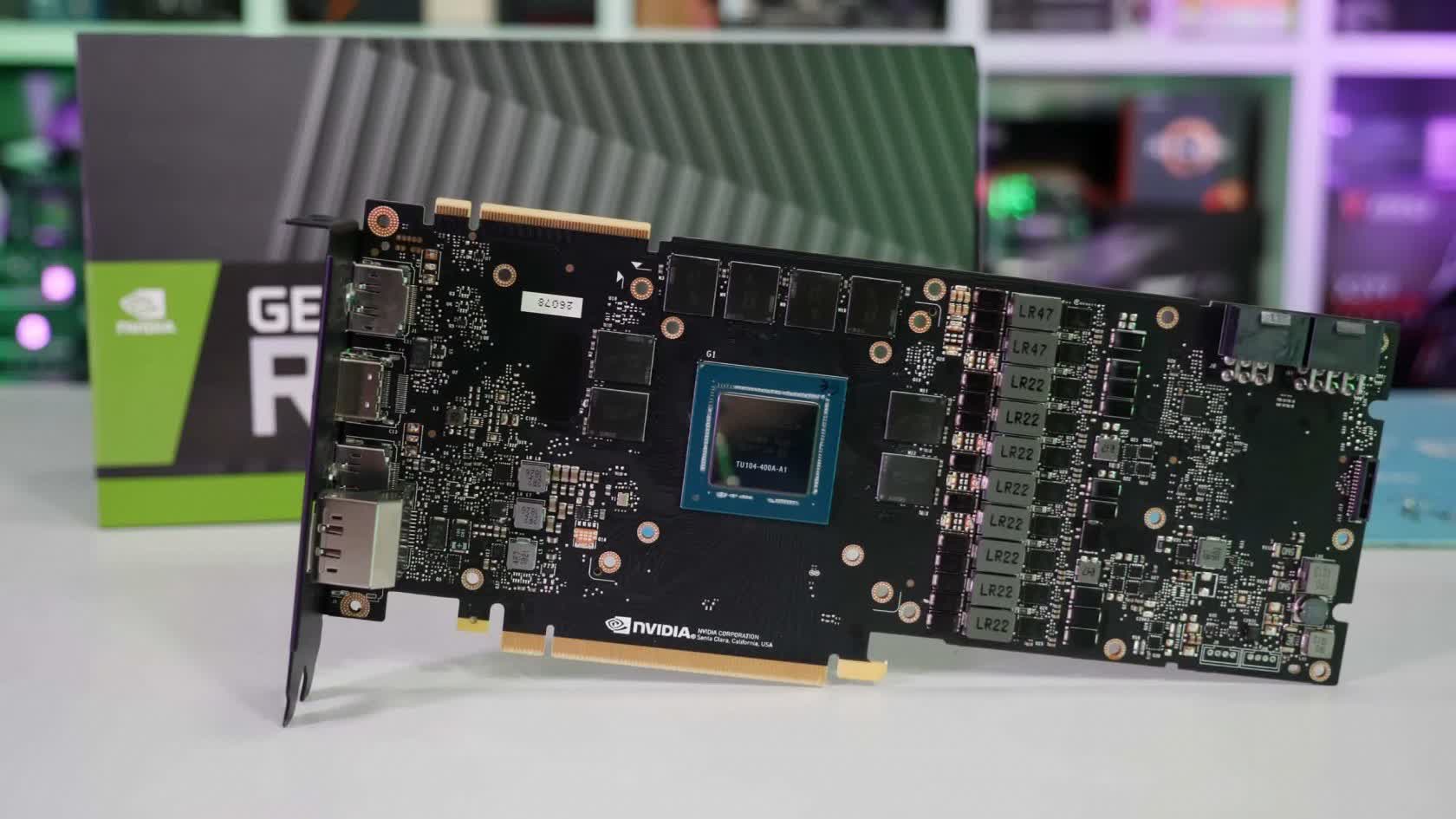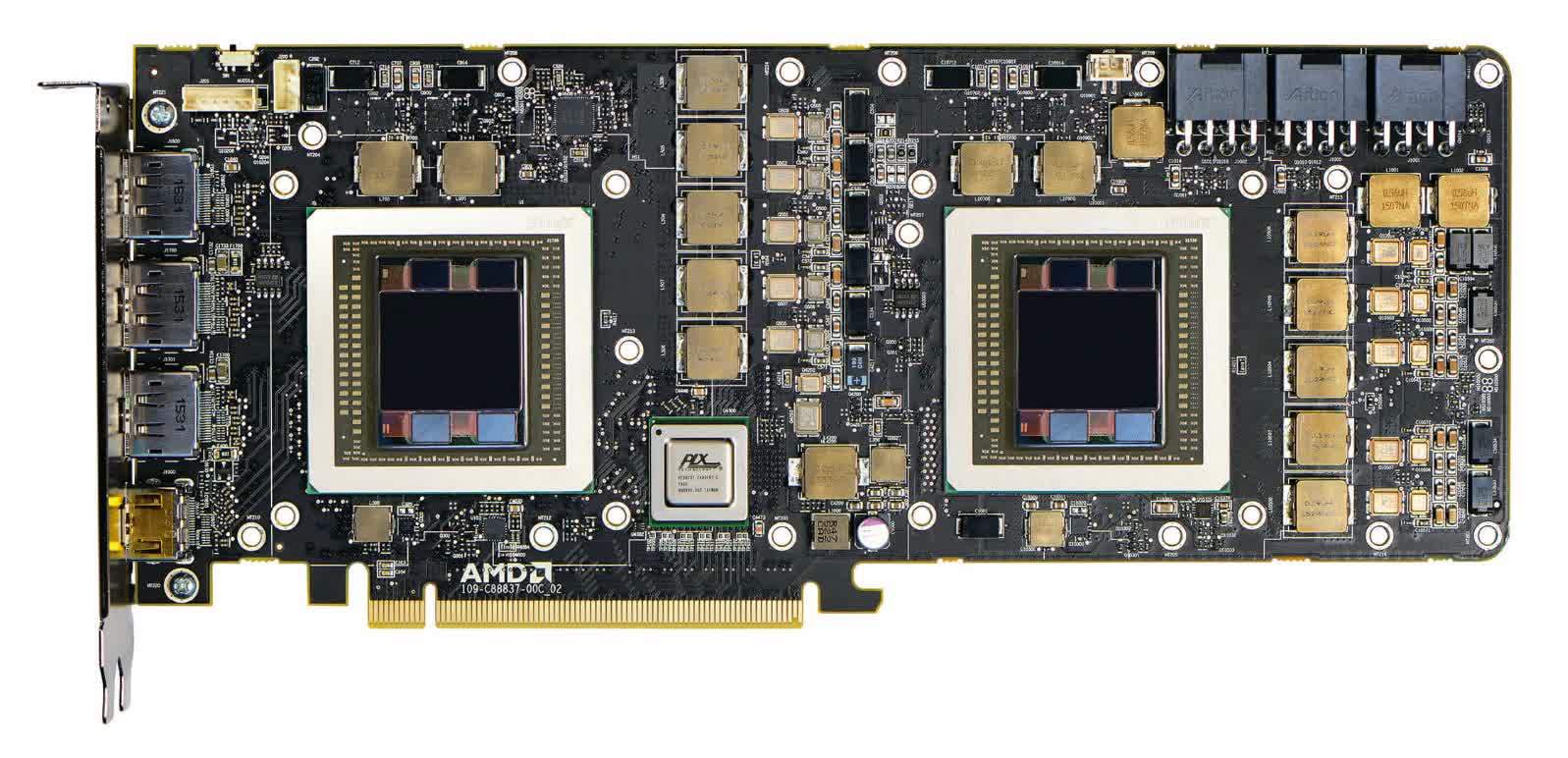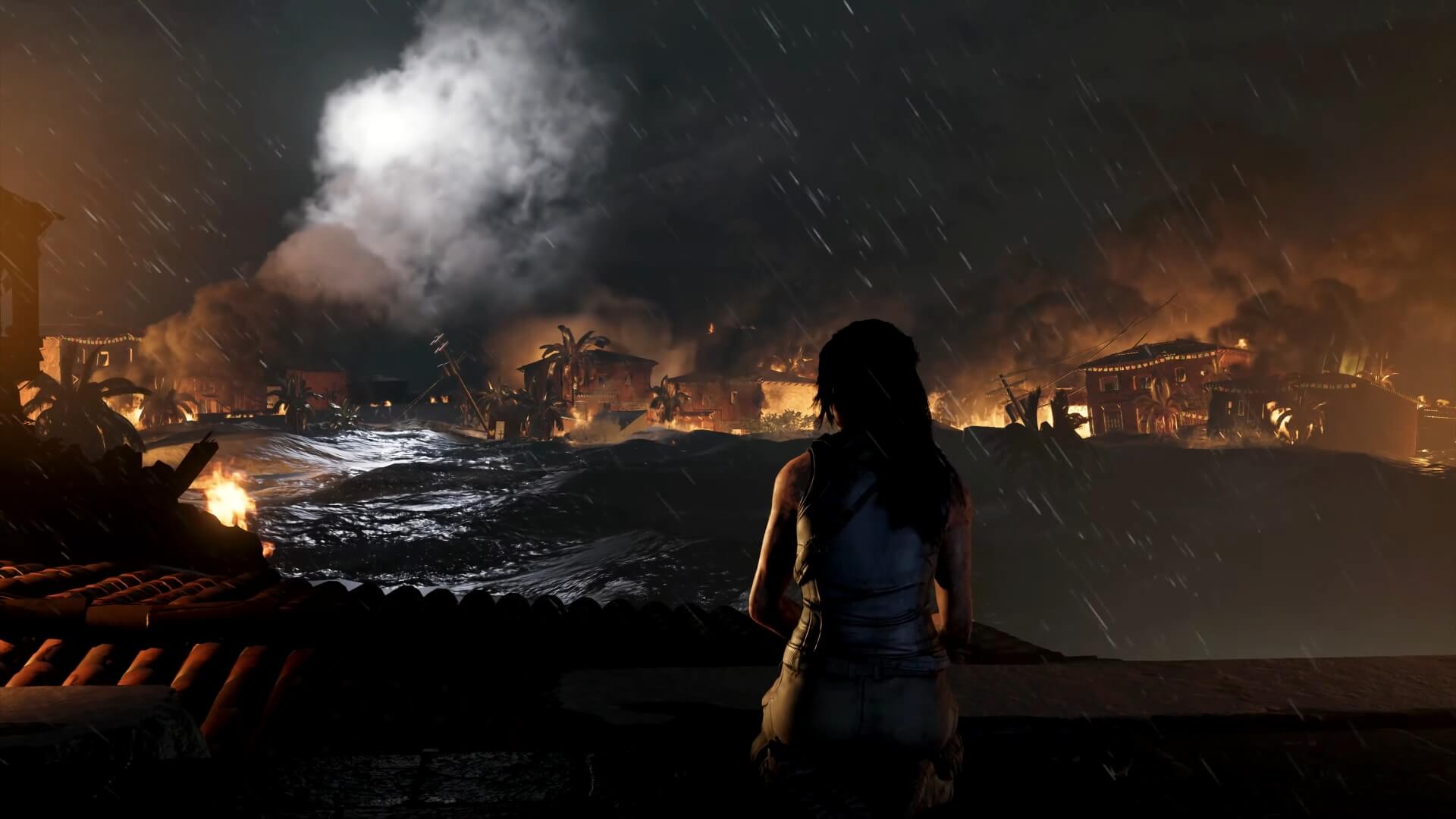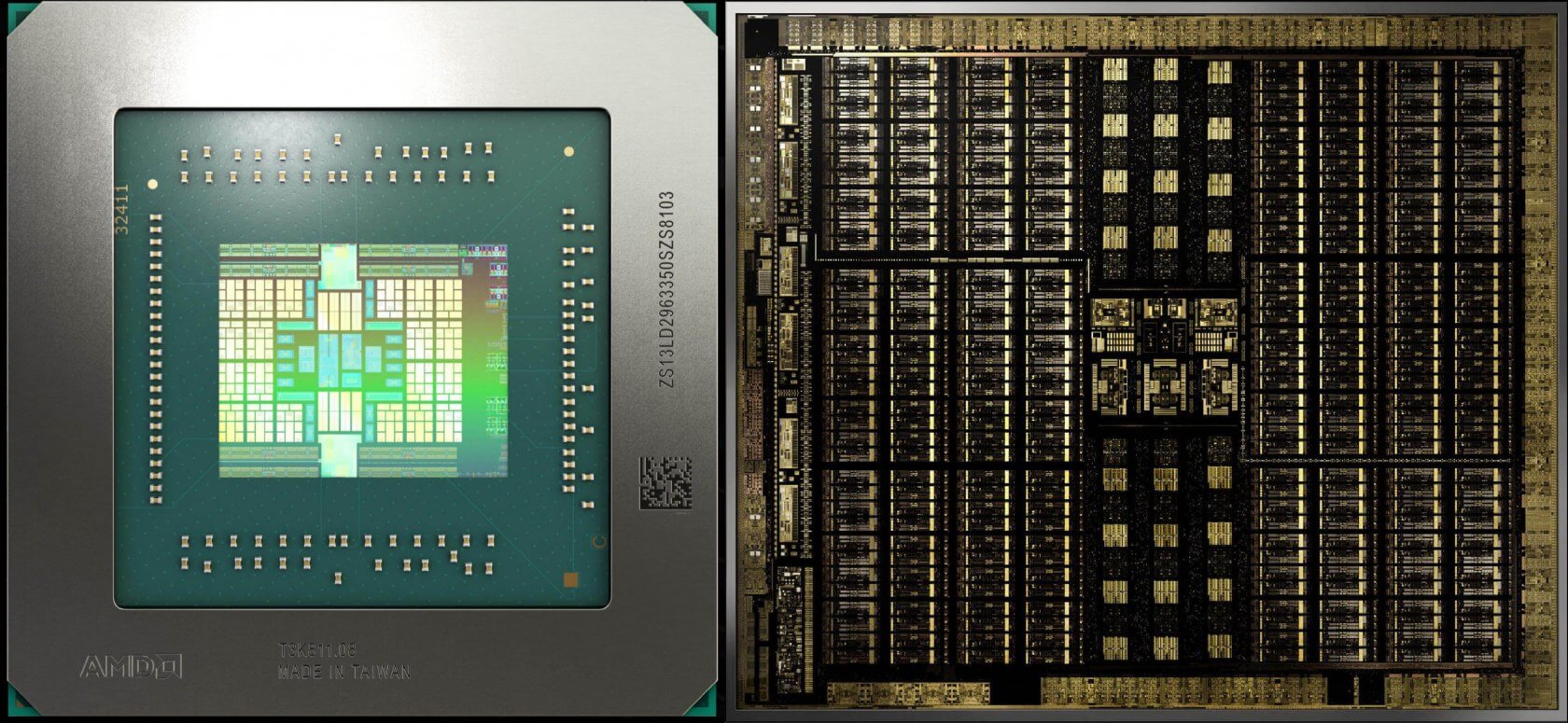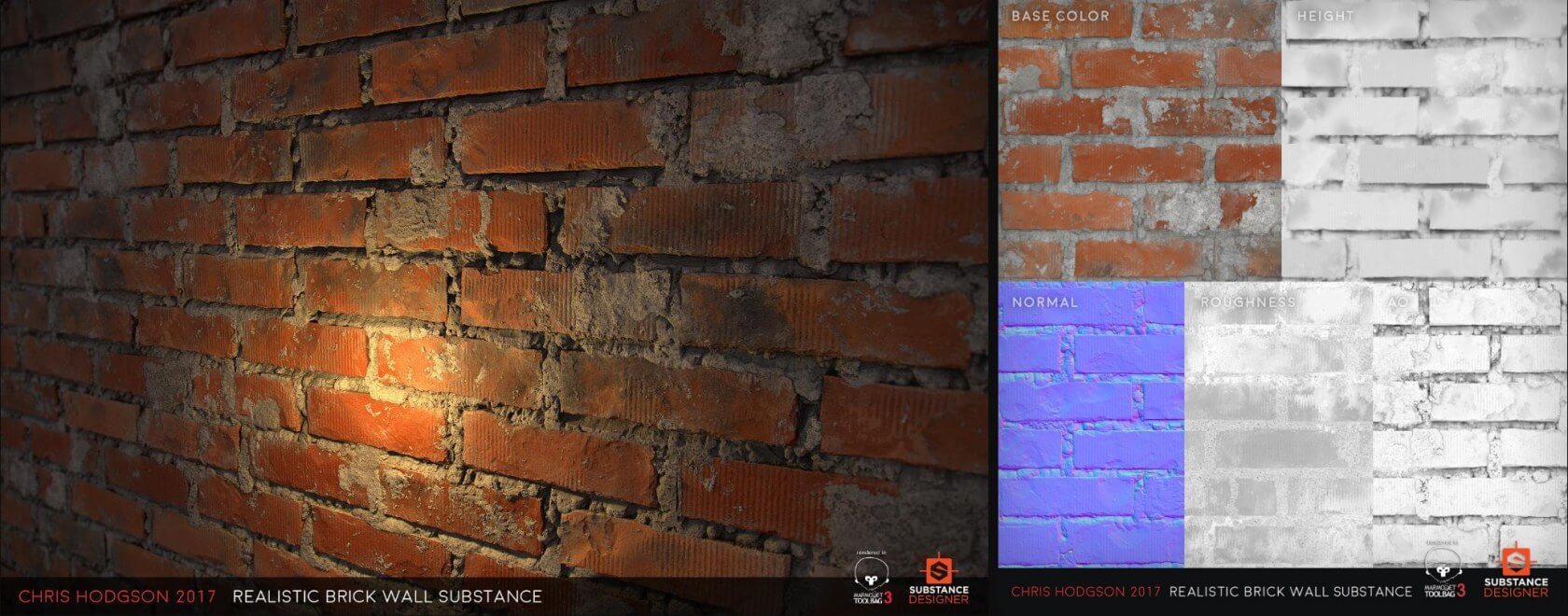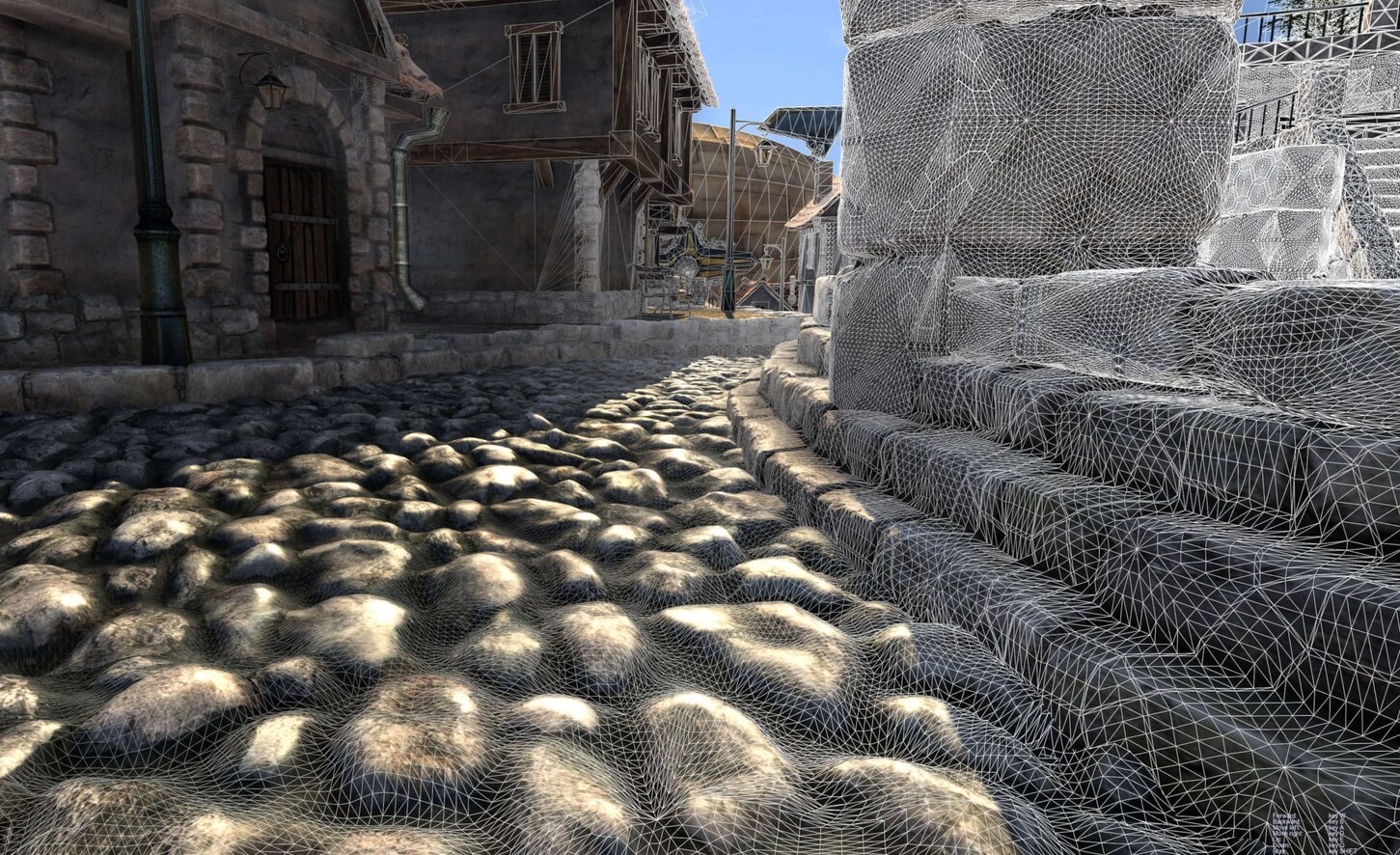A Look at the Possible Future of 3D Graphics: How More Real Than Real Can You Get?
With CPUs and GPUs continuing to get more powerful with each new generation, the push for ever more realistic graphics in blockbuster games shows no signs of slowing down. Today's best-looking titles already look stunning, so how much better can they possibly get? Join us as we take a look at what awaits us in the future of 3D graphics.
